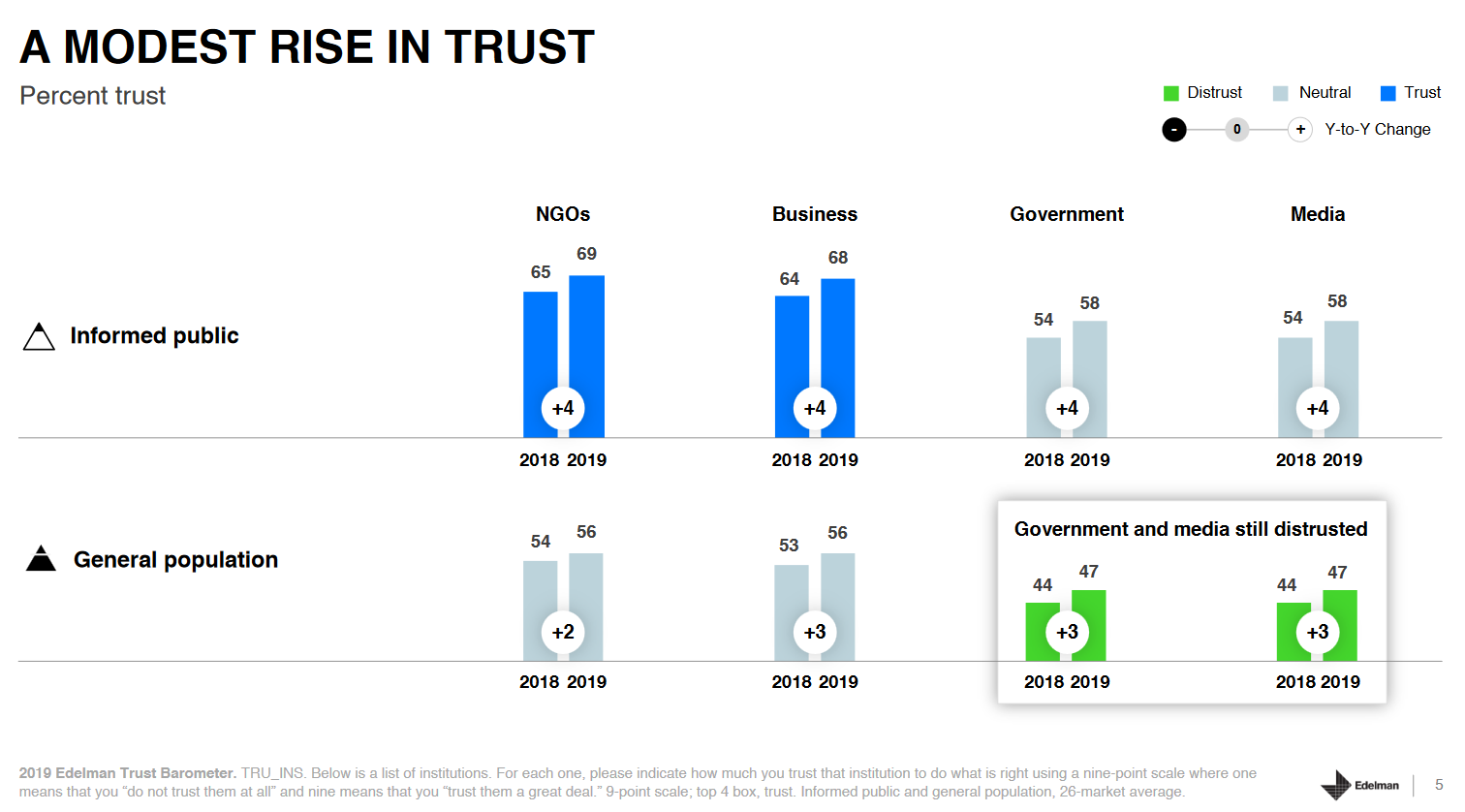Since 2019 is coming to a close, the time has come for businesses to evaluate what they can do to propel profits in 2020. The vast array of possibilities can make an enterprise’s leaders feel overwhelmed about which strategies to try.
However, data is something that can help them feel more at ease because it proves what’s worked before. Here are six ideas, plus statistics that support trying them.
Sustainability is a tricky thing. It’s something that matters to an increasing number of people, but individuals also get suspicious if it seems a business only wants to embrace it to cash in on a trend. If brands are authentic in their efforts and are perceived as such, however, sustainability can directly influence purchases.
Participants in the CGS 2019 U.S. Consumer Sustainability Survey were asked whether sustainability influenced their purchases. The study found that 47% of people would pay more for sustainable products.
Plus, the majority of Gen-Z shoppers (68%) said they had made an eco-friendly purchase in the past year. People from that generation were also the most willing to pay 50-100% more for sustainable products.
These findings suggest that having sustainable options in an assortment of products could help profits grow for a business. It’s crucial, though, that brands show their sustainability plans have staying power and aren’t just in place to help them make a quick buck.
Customers don’t want to feel they are only a number or a faceless entity in a company’s system. That’s why so many of them crave personalization. Research conducted by Epsilon in 2017 also showed that personalization could increase purchases.
According to Epsilon’s data, customers that believe brands are doing very well regarding the personalized experiences they provide shop at those places three times more frequently. Additionally, the people who think a brand’s personalized experiences are very appealing are 10 times more likely than others to make more than 15 purchases a year from those merchants.
Rebates urge people to purchase by presenting a scenario where consumers can send documentation of their transactions and get rewarded with cash or a gift. Data from the Promotion Marketing Association found people were 75.4% more likely to purchase when a brand offered cash rebates. Additionally, gift-based rebates boosted the purchase likelihood by 82.8%
It’s worthwhile for a company to strongly consider creating a rebate program in 2020. They should take the time to think about which kinds of rewards would be most meaningful to a target audience first, though.
Another profit-driving strategy is to tailor customer-facing information so it helps people make the most confident decisions. Gartner polled more than 1,000 business-to-business (B2B) buyers about the things that compel them to expand a relationship with a company. It found that when B2B enterprises want to grow by attracting new customers, the key is to make them feel assured in the decisions they make.
For example, when firms offer so-called “buyer-enablement” materials that guide each essential step in the purchase process, customers feel four times as confident in their decisions. Plus, highlighting the integration support a B2B company gives could cause people to be nearly three times as sure.
Smartphones have substantially altered the customer journey. A study from Google CEE and IPSOS suggested that when brands offer mobile-friendly content, it can support the purchasing process.
The researchers investigated what actions people went through when purchasing various kinds of items, ranging from footwear to a TV. They found that the majority of consumers — more than 80% in most cases — did mixed research, where they researched and purchased through different channels. One example would be if a person looked up the product features of a TV online but ultimately bought it from a physical store.
Moreover, when purchasing tech products, more than 50% of people searched for relevant information on their smartphones while simultaneously browsing in a store. These statistics show how mobile gadgets and sites like YouTube or Google make the purchase process different than it used to be. Brands can keep this in mind for 2020 by having mobile-first strategies and thinking about offering discount codes or e-coupons for mobile users.
A customer doesn’t necessarily need a substantial amount of trust to buy something from a company for the first time. They’re just testing the waters. However, according to the 2019 Edelman Trust Barometer Global Report, 67% of respondents agreed they’d quickly stop buying from a company they didn’t trust.

A business should realize how things like data breaches, misleading ads or unfair prices could cause a customer to distrust the enterprise in 2020. It’s also vital for them to determine practical ways to build trust and convey to customers that the brand is worthy of long-term support.
The six strategies above can help forward-thinking companies focus on worthy ways to grow in 2020. These solutions won’t provide overnight results, but as the research shows, they do pay off in time.
By Kayla Matthews





